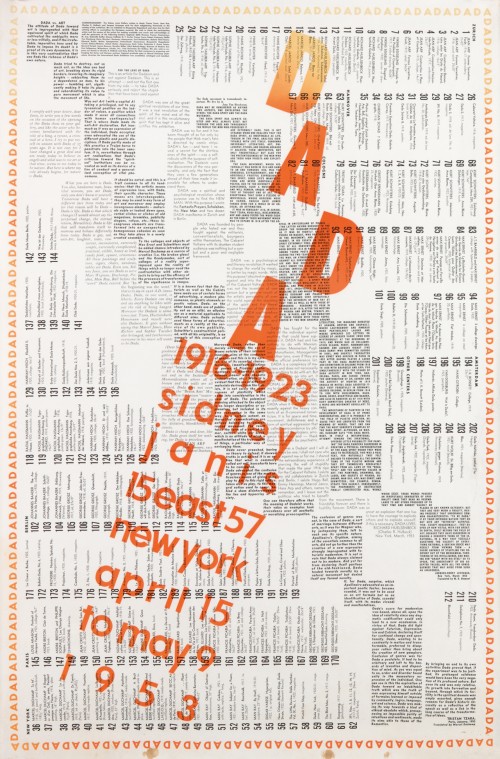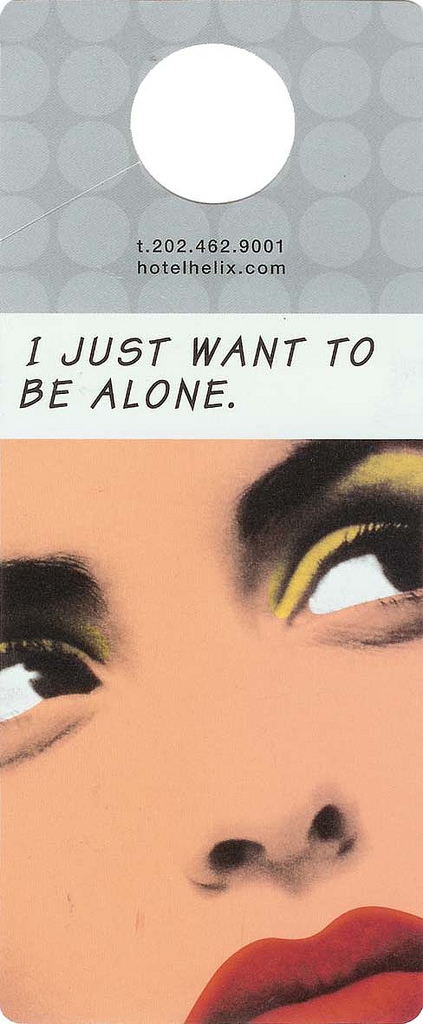Me gusta mucho esta reflexión sobre BoJack Horseman, esa excelente serie de animación de Netflix. El argumento principal es que una serie así no debería existir, que mezcla demasiados géneros, que cambia excesivamente de registro en unos pocos minutos como para poder recibir la aprobación de una cadena normal de televisión. Sin embargo, Netflix dispone de enormes datos muy precisos sobre lo que la gente ve o deja de ver. La hipótesis es que una empresa como Netflix podía “ver” que el uso de elementos tan diversos mezclados podía trascender las divisiones demográficas habituales y satisfacer a un grupo “desconocido” hasta ese momento.
Neighed to Order: The Case of BoJack Horseman Matt Sienkiewicz / Boston College | Flow:
Our suggestion, therefore, is that at the moment of the show’s pitch and throughout the development process, Netflix may well have had reason to believe that BoJack’s strange menagerie could actually work. Armed with data about the viewing habits of its clients, the company was able to free itself from the restraints of long standing industry lore and even the limitations of blunt instruments such as genre conventions and traditional demographics. In a previous era, BoJack may well have been seen as a program full of contradictory niches, hailing small audience groups with one aspect while repelling those same groups with the next. The data, however, may well have shown that this would not be the case, suggesting that audiences for the shows BoJack draws from have more in common than is immediately apparent.
Certainly, there is the potential for the abuse of such information. If BoJack works too well, we could see a parade of increasingly ham-fisted attempts to combine popular programs in cheap, search engine-friendly ways. Though this may be unfortunate, it would also not be terribly new, of course, as copy catting has long been one of the industry’s most unappealing but profitable vices.
Es, simplemente, una hipótesis, que se fundamenta en saber que Netflix dispone efectivamente de esos datos. Evidentemente, ya se apunta en el segundo párrafo que si es así, podemos acabar con un montón de programas creados según los datos.
Pero:
In the meantime, we can enjoy the freedom that BoJack displays in its mixing of genres and crossing of references. It is a strange, wondrous beast of a show, recalling Raoul Duke’s description of Dr. Gonzo in Fear and Loathing in Las Vegas: “too weird to live, too rare to die.” In a previous era, it likely would not have lived at all. Today, it exists and even thrives, perhaps less to the surprise of its benefactors than we might think.

